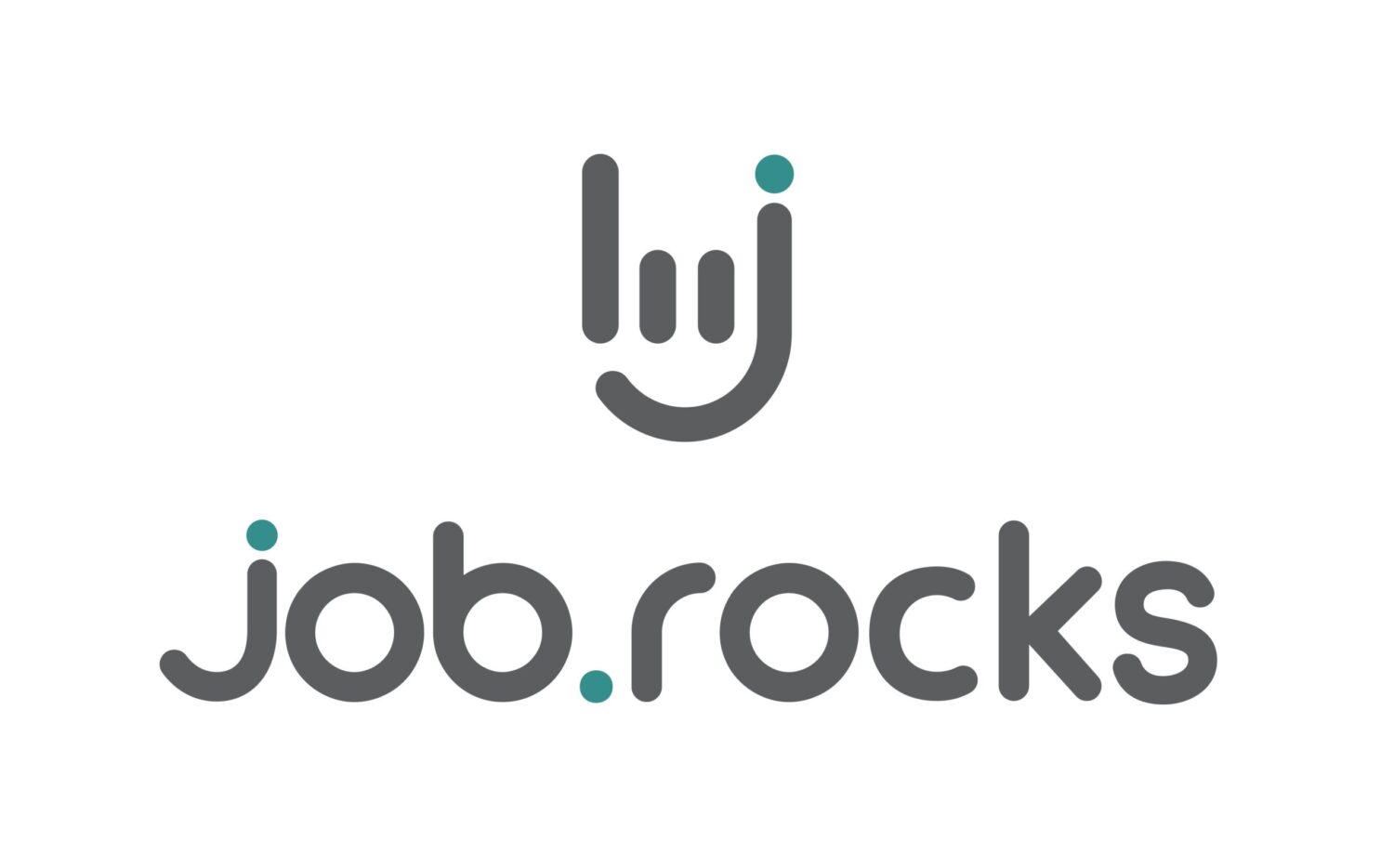In today's rapidly evolving business world, the traditional nine-to-five office routine is gradually being replaced by more flexible working models. Flexible working is a paradigm that is redefining how, where and when work is done. For employers, the introduction of flexible working can provide a competitive advantage and bring numerous benefits beyond simply the ability to work from home. This blog looks at the definition, strategic benefits, implementation approaches, challenges and technical requirements of flexible working.
Definition and concept of flex work
What is Flex Work?
Flexible working goes beyond remote working or teleworking. It encompasses practices that offer flexibility in time, place and contractual conditions. The essence of flexible working is to adapt conditions to meet both employee needs and organizational goals. Options include part-time work, staggered working hours, job sharing and working in different locations such as at home or in coworking spaces. Temporary or freelance contracts are also common. Companies can absorb fluctuations well with temporary workers.
Flexible working is a cultural shift away from micromanagement. It focuses on outcomes rather than traditional attendance management. This model recognizes that different tasks benefit from different working environments and gives employees the opportunity to choose their own working environment to achieve greater engagement and satisfaction.
The modern workforce's demand for flexibility
With the increasing dominance of digital natives in the world of work, their need for flexibility is also growing. This generation values work-life balance and desires autonomy to work at times of high productivity. Meeting these needs attracts Millennial and Generation Z talent and boosts morale and job satisfaction. According to a study 65% of all Germans more productive when working from home than in the office.

The strategic advantages: Why flex work pays off
The trend towards flexible working is not just a trend, but a strategic response to the demands of the modern workforce. Here are some compelling benefits for employers:
1. cost efficiency
The introduction of flexible working reduces real estate costs as less office space is required. Companies can downsize or restructure and use their resources for digital tools or employee development instead. Hybrid working is a healthier, greener, more flexible and more cost-effective solution for companies.
2. increased productivity
Contrary to all skepticism, flexible working increases productivity. Employees who work at their preferred workplace often achieve better results. By eliminating commuting, valuable time is regained for private or professional purposes, which improves satisfaction and balance.
3. attracting and retaining talent
The offer of flexible working hours attracts job seekers, especially millennials and Generation Z. Companies that offer these options are perceived as modern, which helps to attract talent and retain employees.
4. impact on the environment
Flexible working reduces commuting and energy consumption in the office and has a positive impact on a company's environmental footprint. It is in line with sustainability goals and strengthens corporate responsibility by appealing to conscious consumers and employees.
5 Diversity and inclusion of flex work
Flexible working takes account of personal needs such as care or disabilities and promotes a diverse workforce. This inclusivity supports innovation and adapts to changes in the market.
Implementation: How do I successfully introduce flexwork?
The transition to flexible working requires careful planning. The most important steps for a successful introduction are
1. identify needs and goals
Assess the needs of the business and the workforce. Understand which tasks are suitable for flexible working and align with strategic objectives. Consider employee preferences for flexibility and flex work software to support policy design.
2. formulate a clear guideline
Develop comprehensive policies outlining expectations and guidelines. Include eligibility criteria, performance metrics and communication protocols to ensure consistency.
3. promote a culture of trust and accountability
Promote trust and accountability and prioritize results over hours worked. Encourage regular communication and support to empower employees.
4. pilot programs
Start with a pilot program or a specific department. Address issues and gather insights before rolling it out company-wide. The feedback will help refine the strategy.

The challenges: Typical flex work hurdles
Even if flexible working offers advantages, there are challenges:
1. communication hurdles
Flex work can lead to communication gaps. Invest in tools and protocols for virtual meetings and updates. Train your employees to use the tools efficiently and provide regular feedback.
There are of course also Deployment planner software like job.rocks, with which you can make communication and planning much more efficient. You don't pay any fixed fees, but only per planned assignment.
2. maintaining the corporate culture
Without personal contact, it is difficult to maintain the corporate culture. Organize virtual activities and encourage face-to-face meetings when possible.
3. monitoring performance
Focus on performance results, set clear goals and conduct regular reviews, prioritizing results over time.
Technological requirements and software for Flex Work
Using the right technology is crucial to the success of flexible working. The most important tools include:
1. flex work software for collaboration
Tools like job.rocksSlack, Microsoft Teams and Zoom ensure seamless communication and collaboration across different locations.
2. project management platforms
Trello and Asana help to manage tasks efficiently and provide a clear overview of workflows.
3. security solutions
Ensure data security with VPNs and secure file sharing services to protect company data that is accessed remotely.
4. flexible work management tools
Use systems to manage office space usage and employee preferences and integrate flexible working arrangements into the business.
Conclusion
Flexible working is a development towards adaptable forms of work. It improves operational efficiency and the talent pool and ensures an agile and motivated workforce.
The benefits of flexible working - from cost savings and productivity gains to improved employee wellbeing - underline its strategic importance. The introduction of flexible working sets companies apart from the digital and global economy and promotes sustainability and innovation.
